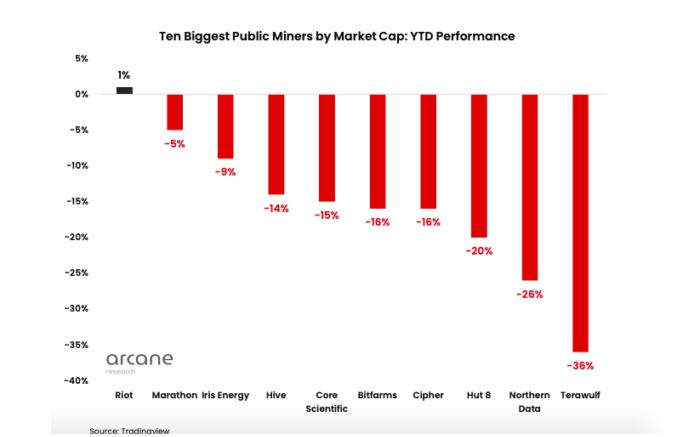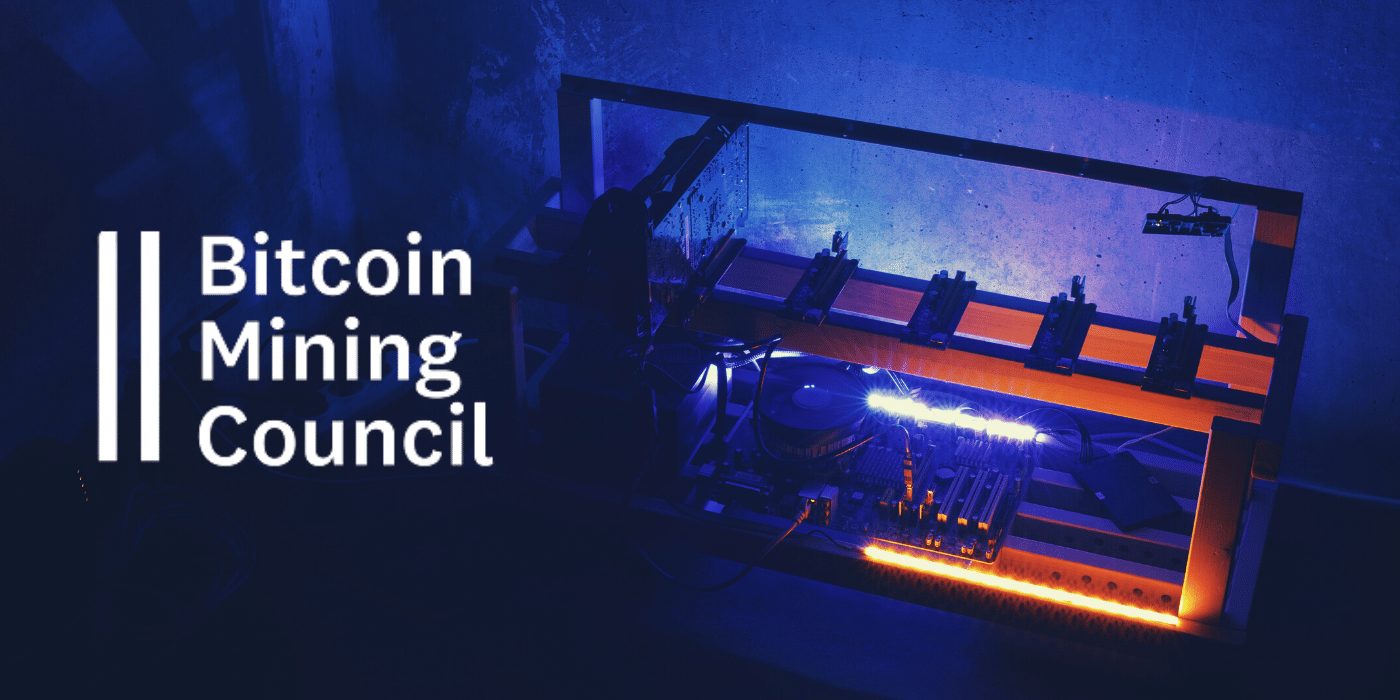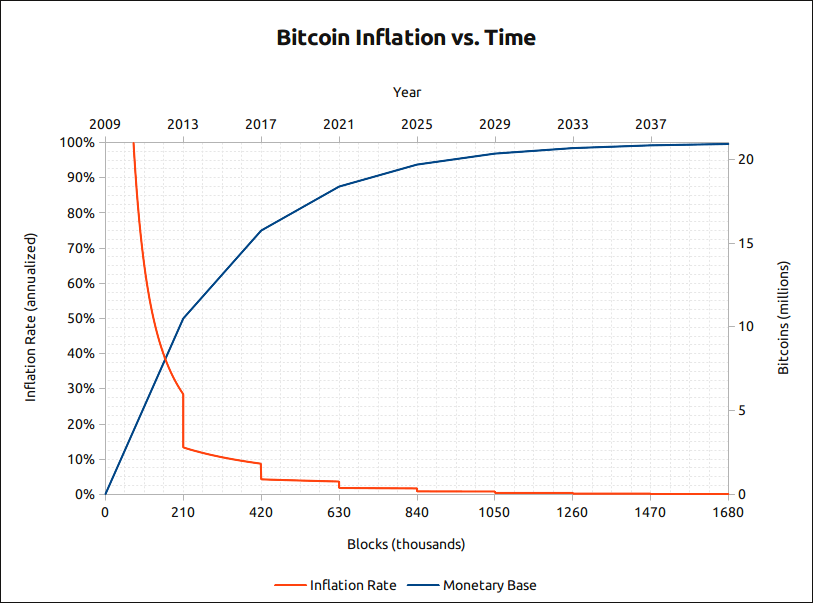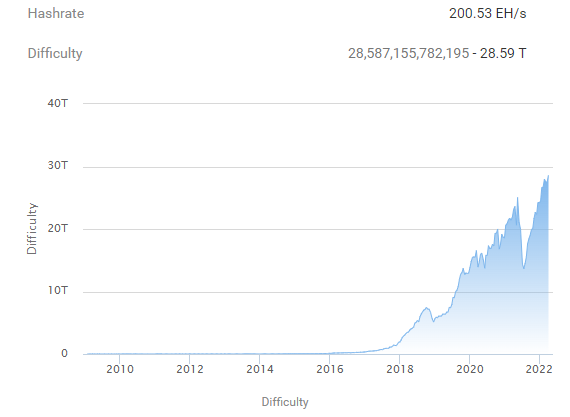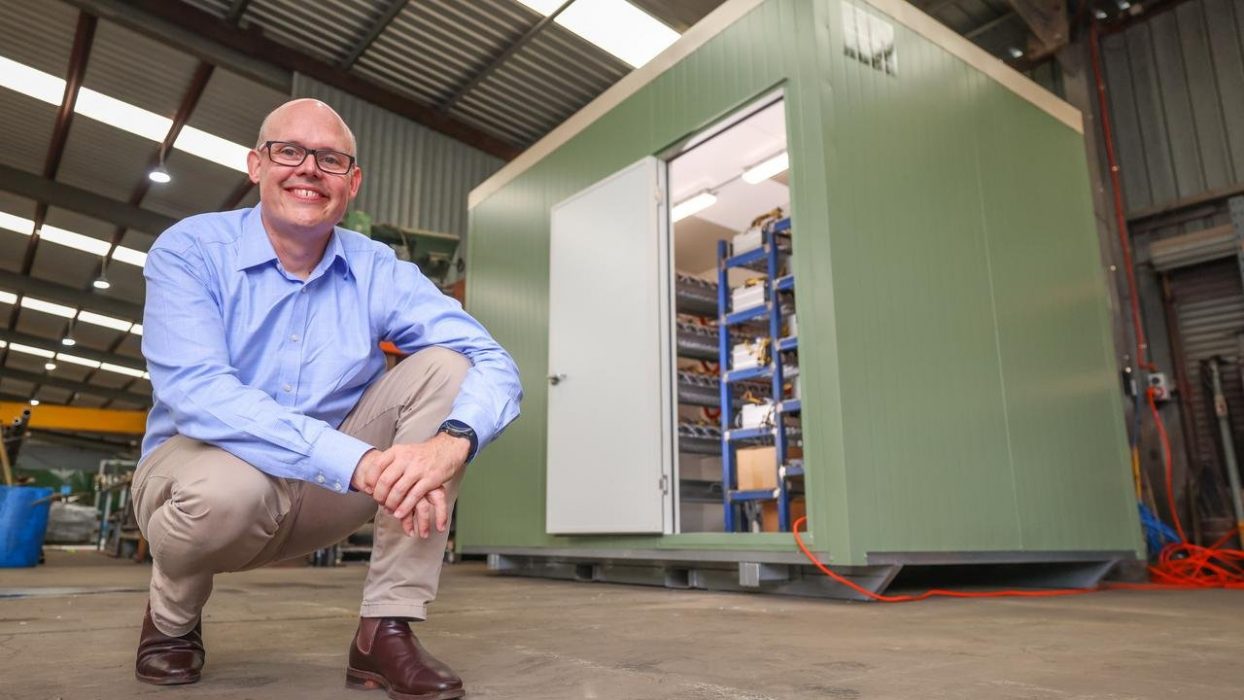Technology developed by Vespene Energy that converts waste methane into electricity will be used to power on-site Bitcoin mining at multiple US landfills enabled by a US$4.3 million financing round announced this week.
Investment firm Polychain Capital led the funding, which will initially see Vespene Energy install its solution – off-grid micro turbines that turn methane into energy – at a pilot site in California, where the company is based.
Co-founder and CEO Adam Wright said that helping governing authorities make money from landfill methane through bitcoin mining supported the broader goal of prompting a transition to renewable energy to mitigate greenhouse gas emissions.
And because our sites require no connection to the grid or pipeline buildout, we can rapidly turn otherwise harmful and wasted landfill methane into a clean power source for carbon-negative bitcoin mining. This partnership with Polychain will empower us to scale and seize this tremendous opportunity to help solve the climate crisis.
Adam Wright, CEO, Vespene Energy
Greening Bitcoin Mining with Otherwise ‘Wasted’ Energy
The potential for Vespene Energy’s approach to help transition bitcoin mining towards carbon-neutral energy sources was appealing to investors, as noted by Polychain Capital founder and CEO Olaf Carlson-Wee:
The continued adoption of Bitcoin will benefit from solutions that make the energy mix for mining more focused on clean energy. We are excited to partner with Vespene as they build a creative solution to use mining to eliminate a potent greenhouse gas source, while making its energy mix greener.
Olaf Carlson-Wee, founder and CEO, Polychain Capital
While Vespene claims to be the first company to mine bitcoin using methane from landfill waste, it’s not the first to repurpose gas to gain revenue from bitcoin mining.
In April this year, gas miner Bengal Energy trialled using power generated by gas wells for bitcoin mining, after being unable to connect the wells to a pipeline for distribution. Unwanted gas as a byproduct of oil and gas mining operations that would normally be burnt off – known as gas flaring – has also been identified as an emerging opportunity to power bitcoin mining while reducing environmental impacts.












